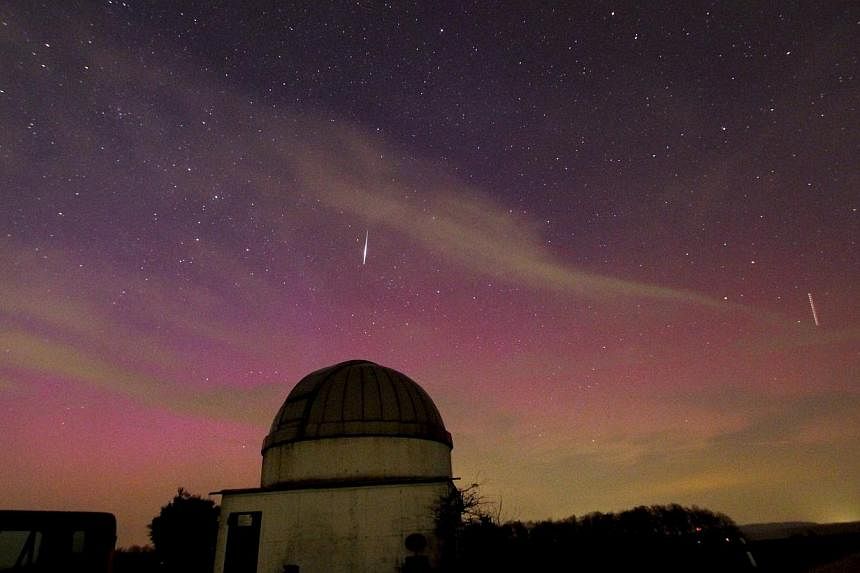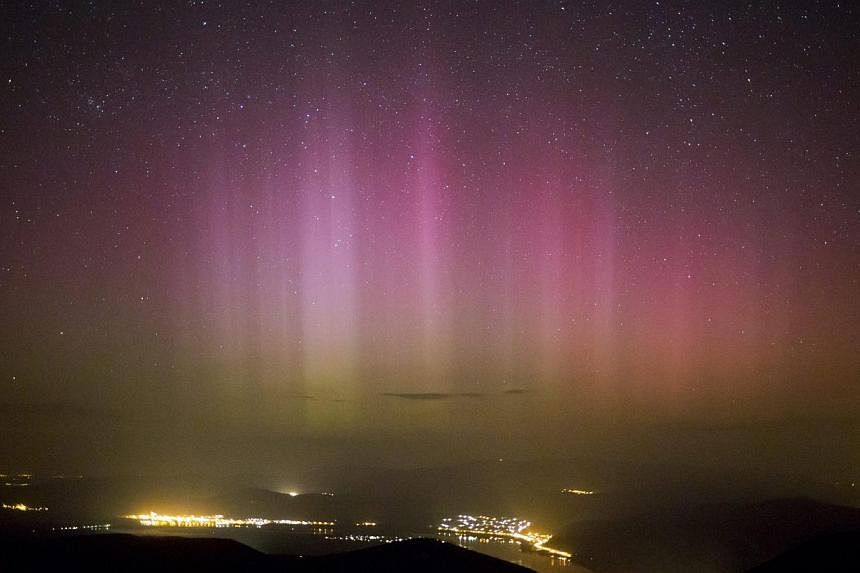The Aurora Borealis went south this week, and created spectacular displays in many parts of the world.
Known as the Northern Lights, the colourful celestial display is usually seen only in the far north.
Locations where travellers go to catch them usually include Reykjavik in Iceland, Svalbard in Norway and other Nordic towns. It is also possible to view them in Northern Canada.
This year, a severe solar storm brought the phenomenon as far south as Pennyslvannia in the United States. In Europe, it was observed in various parts of Britain and Germany.
The Southern Lights, or Aurora Australis, were also particularly bright, reports in Australia and New Zealand said.
Solar storms send charged particles towards the Earth at high speed. When the particles meet the magnetic field in Earth's upper atmostphere, the collision creates bright colours, meteorologist Todd Borek told CNN.
But the most spectacular view of the phenomenon came from space, courtesy of the astronauts on the International Space Station who posted a video of what they saw on YouTube.
ST reporter Lim Yi Han travelled to Iceland recently and witnessed the northern lights, the fiery glow of the erupting Bardarbunga volcano and shooting stars - all at the same time. Read her travelogue in Issue 9 of The Life digital magazine, available free from The Straits Times Star E-Books app for iPad and Android devices.





